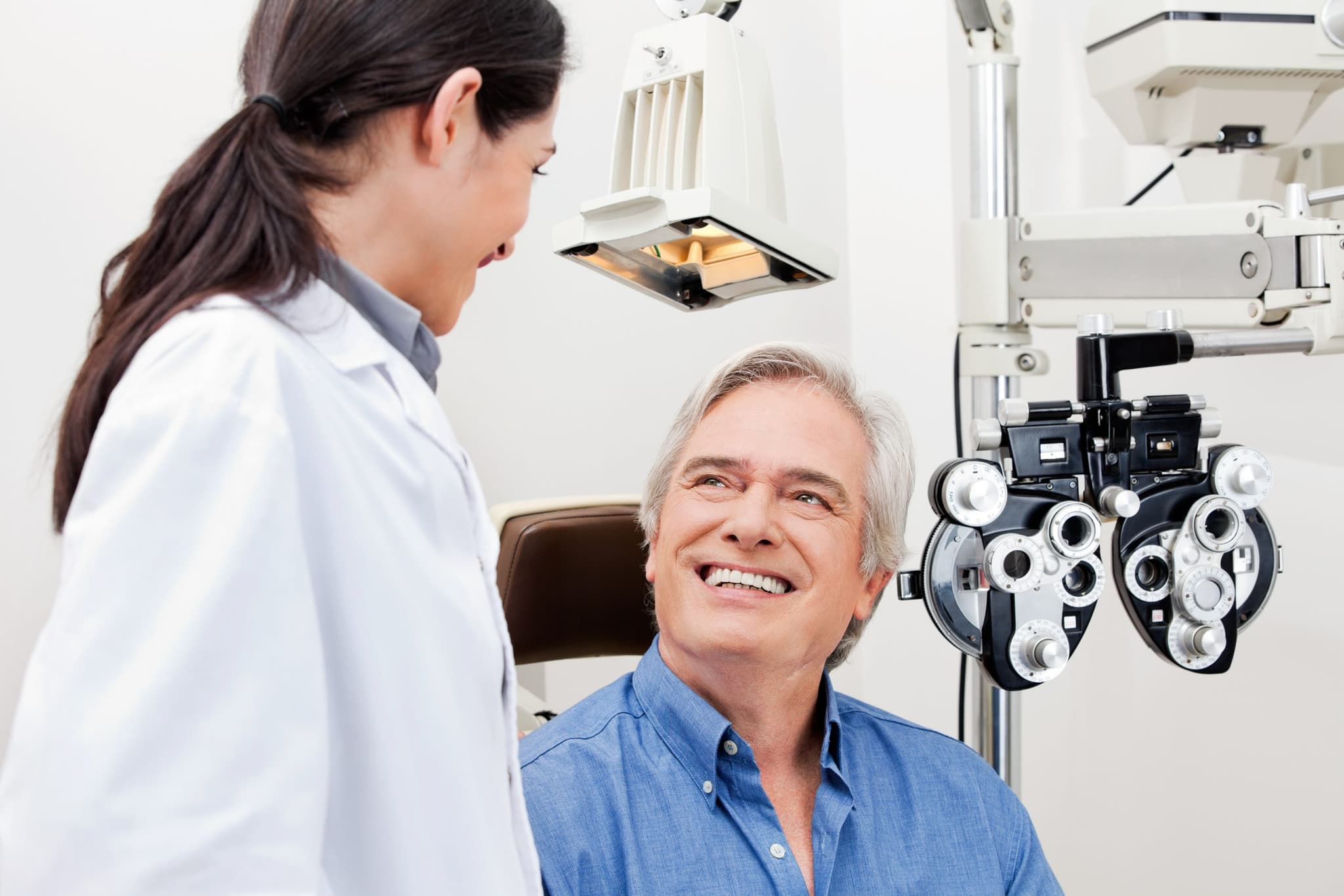
2022-06-15T09:48:15
Cataracts Awareness: Just See What you are Missing
- Ophthalmology
March 16, 2017 | Ophthalmology
Specialties:Ophthalmology

You’ve probably heard the term “farsightedness” before, but do you know what it means? Hyperopia, or farsightedness, is condition of the eyes that alters the way you see. People with hyperopia have difficulty seeing things up close, but are able to see things farther away without much trouble. It’s not considered a disease as much as a “variation from normal,” but it still has noticeable symptoms that affect between 5 and 10 percent of Americans. Here’s a look at these symptoms, how they’re caused, and how they can be treated.
When waves travel from one medium to another, it does so in a process called “refraction.” The same phenomenon exists in the eye—waves of light enter the eye and are refracted as they pass through it. The light is then focused at a certain point and sent to the brain, where it’s converted into images.
The shape of your eye can affect this refraction process. Hyperopia generally occurs when the eye is too short, or doesn’t have the right kind of retina curve or lens location. This causes light to hit behind the retina, instead of directly on it, leading to difficulty seeing objects up close.
Symptoms of hyperopia include:
Some children don’t show any symptoms of hyperopia, unless their cases are very severe.
Hyperopia is caused by variations in the shape of the eye, and genetics play a major role. In rare situations, diseases like retinopathy and tumors can also affect the shape of your eye. Many cases of childhood hyperopia, however, can correct themselves on their own through normal growth, a process called accommodation.
Ophthalmologists use a dilated eye examination to diagnose hyperopia. You may also be asked questions about any eyesight problems you’re having, and have a physical exam. Other vision tests might be used if needed.
A different treatment methods might be recommended for hyperopia:
If you have farsightedness or notice your child developing the symptoms of hyperopia, speak to your doctor about your options and continue to schedule regular eye exams.
“Facts About Hyperopia.” National Eye Institute. https://nei.nih.gov/health/errors/hyperopia
“Farsightedness (Hyperopia) – Topic Overview.” WebMD. http://www.webmd.com/eye-health/tc/farsightedness-hyperopia-topic-overview#1
“Vision Tests.” WebMD. http://www.webmd.com/eye-health/vision-tests#1
WRITTEN BY:
The Live Better Team
This information is not intended to replace the advice of a medical professional. You should always consult your doctor before making decisions about your health.